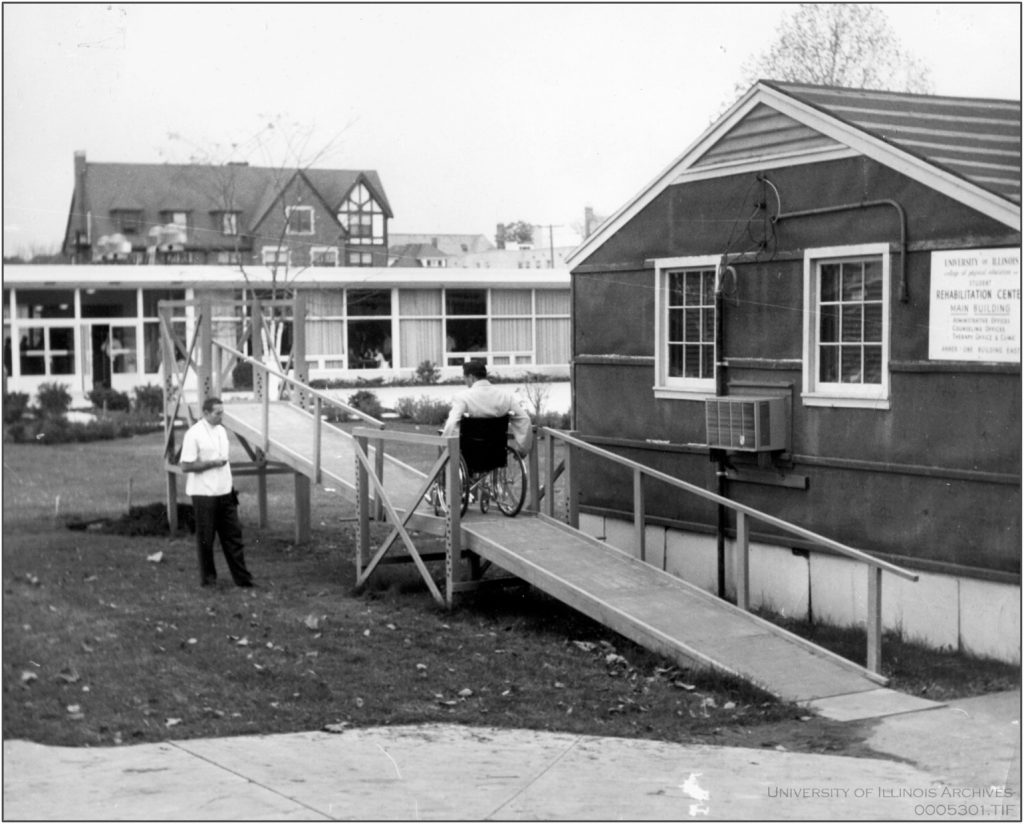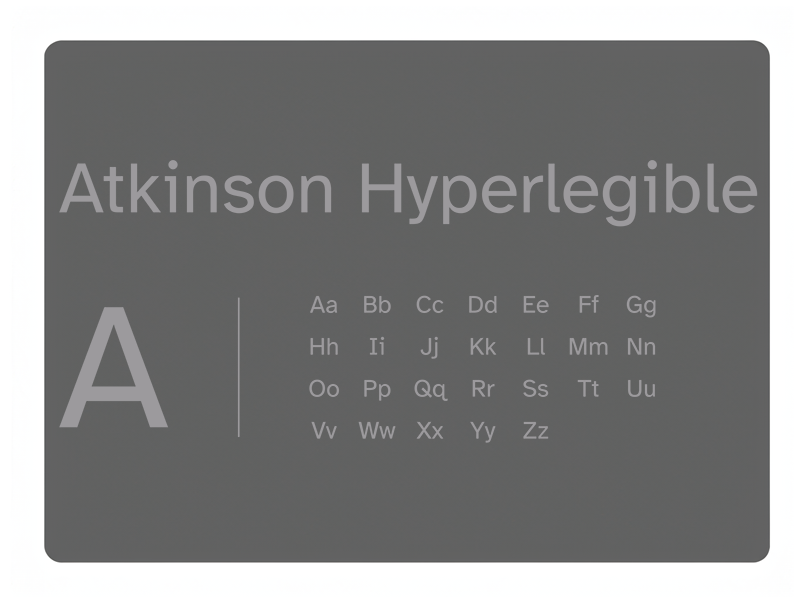Accessibility

As a leader in providing educational opportunities for persons with disabilities, the University of Illinois Urbana-Champaign continues to improve accessibility across campus and is dedicated to ensuring qualified individuals with disabilities are afforded an equal opportunity to participate in and benefit from university programs, services, and activities.
Illinois has a proud history of implementing changes to benefit those with accessibility needs. Dating back to the post-World War II era, when veterans returned home with debilitating injuries.
When disabled vets came to the U. of I., many buildings had stairs; elevators, if extant in a building at all, were often too small, too unwieldy, or poorly located for wheelchair users; and doors were often the wrong size to accommodate those with disabilities.

The university agreed to add ramps to six buildings, including the Illini Union, Lincoln Hall, and Noyes Laboratory. Then Timothy Nugent and his colleagues and students conducted actual research to see what worked and what didn’t. What slope of a ramp is best? How wide should a door be to accommodate a wheelchair? How much space is needed for one to turn around? They pioneered many innovations, including the following firsts:
- Curb cuts (the ramps at the end of a sidewalk) at a college or university
- Fixed-route buses with wheelchair lifts
- College-level adapted sports and recreation program for athletes with disabilities
- Residential program, serving the needs of students with severe disabilities needing daily-living assistance; in fact, Illinois remains the only college offering a residential experience for these students
Campus is constantly looking at ways to improve and incorporate universal design principles. Improvements in accessibility come at every new building. Ramps are placed in more prominent, less out of the way, locations. There are more accessible dorm rooms and bathrooms than ever before. The Beckwith Residential Community program is now housed in Timothy J. Nugent Hall, but several dorms across campus can accommodate students in first-floor rooms.
Newer innovations include door openers, with proximity sensors being used in some instances, so people with no movement in their limbs can still open doors themselves. Even services from Disability Resources & Educational Services (DRES) now cover a wider range of disabilities, including support for neurodiverse students as well as those with physical needs.
Americans with Disabilities Act (ADA)
In 2017, Representatives from the Chancellor’s Committee on Access and Accommodations, Disability Resources & Educational Services (DRES), and F&S released an Americans with Disabilities Act (ADA) Transition Plan—Supplement. In 2018, they released a revised version.
The plan identifies ADA deficiencies discovered during a self-evaluation of university sidewalks, streets, and other exterior access routes to 80 prioritized campus buildings. The supplement will be used to plan future projects and make ADA upgrades in areas where student, faculty, staff, and visitor impact is the greatest.
For the full document of the current version of the ADA Transition Plan, click the link here: https://oae.illinois.edu/ada-transition-plans/.

